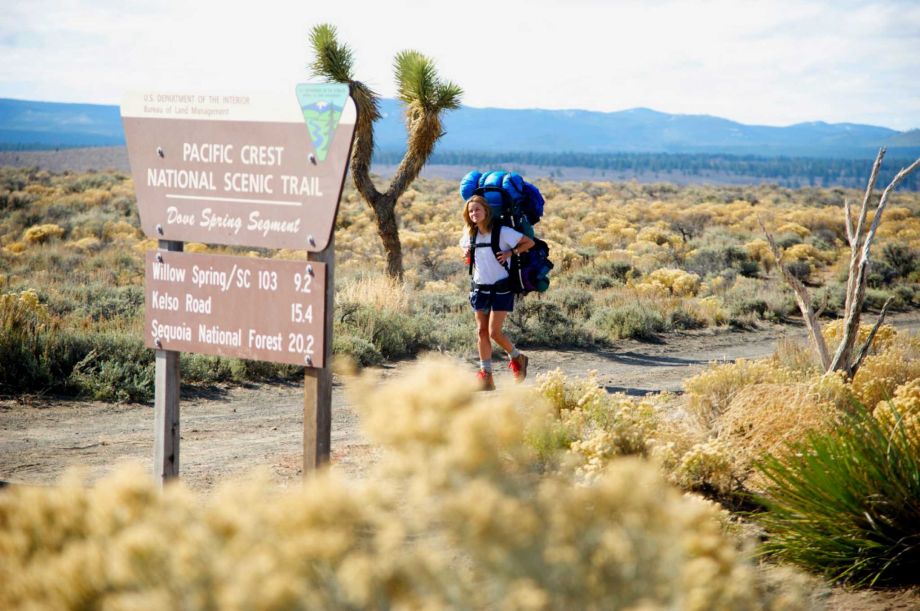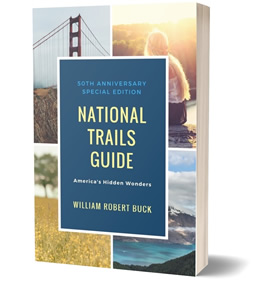“Something bloomed inside me as I traced its jagged line with my finger on a map. I would walk that line, I decided, or at least as much of it as I could in about a hundred days…”
–Wild: From Lost to Found on the Pacific Crest Trail, by Cheryl Strayed
The film Wild (2014) is based on the best-selling memoir by Cheryl Strayed, who served as an advisor on the trail and was present for much of the filming. It documents the author’s experience hiking the Pacific Crest National Scenic Trail (PCT) in the mid 90s after struggling with a series of personal challenges.
This story is a journey and movement plays a primary role in the main character’s development. Similar to the fast pace of a thru-hiker on the path blasting past a casual day hiker, quick floods of memories and flashbacks fill up the film’s hour and a half runtime.
As pointed out in other critiques of the movie, cinematic opportunities to highlight the Pacific Crest and its extensive environs were regularly missed. If you see the film hoping for endless lush panoramas of the Sierras and Cascades, you may be disappointed. But the point of the film—and the book—is to tell the story of the author’s interior world. Here the beauty of the PCT is almost a bit part in the movie.
Yet in spite of this lack of scenes displaying the unique majesty of the trail, the vistas and wildlife create a serene subliminal presence throughout the film and provide a contrast with the main character’s state of mind. This is one of the gifts of the National Trails—when you set foot on them, they get under your skin and into your bones and transform you when you set out to experience them fully.
As experienced anywhere in authentic, rugged outback places, you will be jolted out of your everyday frame of mind… if not in the first few hours, certainly in the first few days. Though understated, tis is one of the underlying themes of the film.
It was fascinating to see how the Pacific Crest Trail was characterized in the film and the ins and outs of life as a thru-hiker. Some mandatory ‘insider’ elements were covered, including humorous aspects of the first moments of the hike. The inevitable pains and challenges are presented too.
Ultimately there are no illusions about the challenges that will beset the unprepared. The book and film both make it plain for all to see that one’s weaknesses will be quickly identified and exploited by Mother Nature! It’s a guarantee anytime one undertakes a trail like the PCT for a matter of weeks or months; the moments of transformation are also guaranteed.
The film makes great use of personal diary entries from the original hike over 20 years ago. Quotations from trailside journals are also incorporated visually throughout the film — a nice touch.
Like the excellent film Selma (based on the Selma To Montgomery National Historic Trail) and the Bill Bryson film shot along the Appalachian National Scenic Trail, Wild raises awareness among Americans about the National Trails System — and that can only be a good thing.


